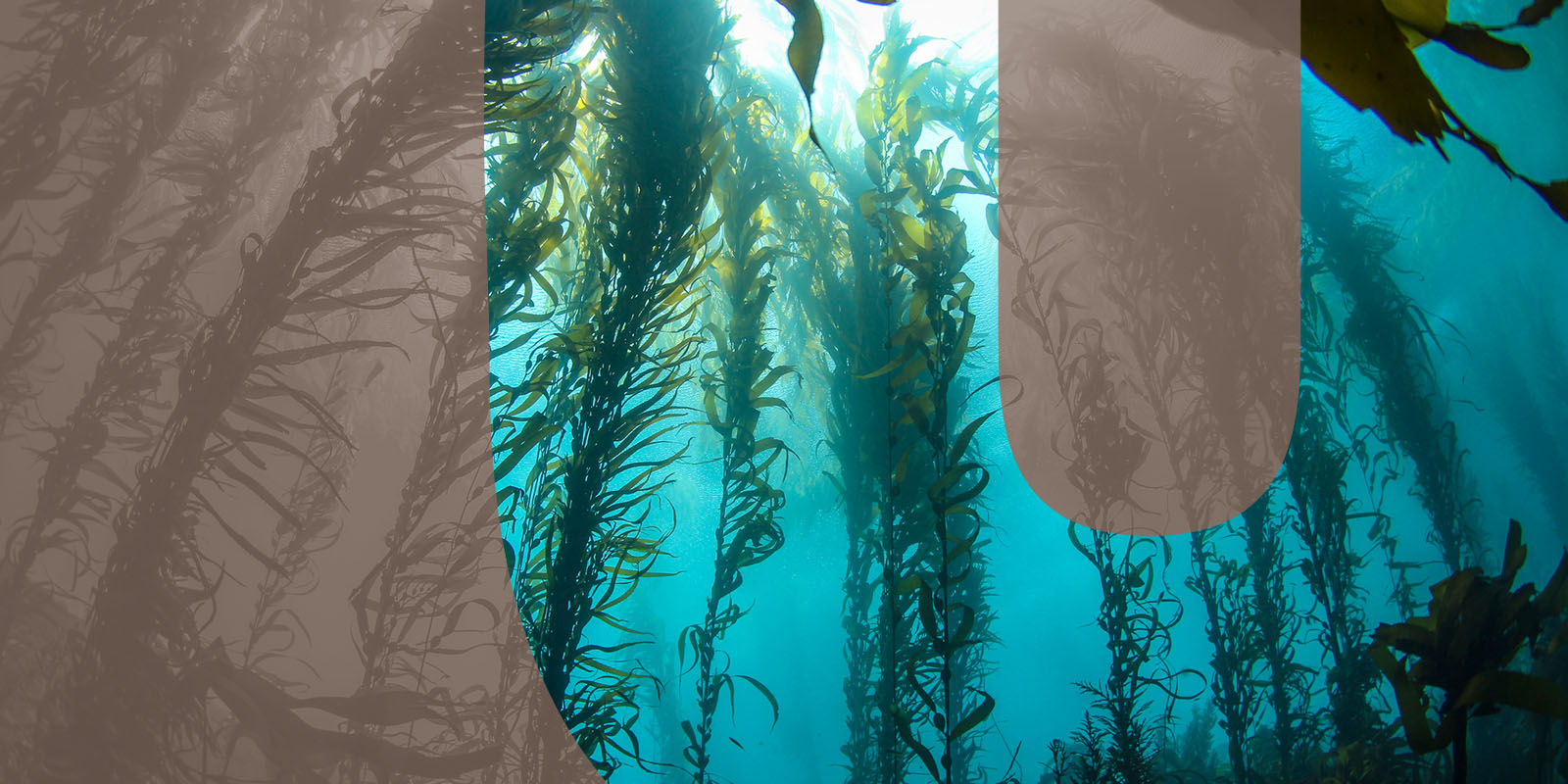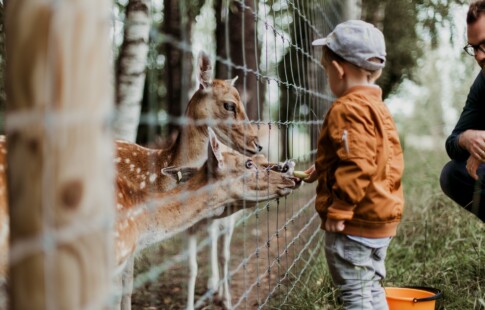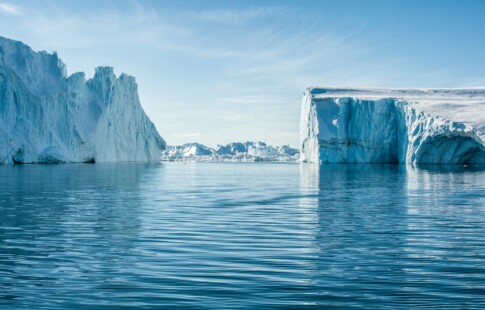
What Are Kelp Forests?
We are reader-supported. When you buy through links on our site, we may earn affiliate commission.
If you’ve ever gone to the ocean, you know that it’s a salty body of water, full of life and various ecosystems. One of the most well-known ocean ecosystems globally is the Great Barrier Reef, located off the coast of Australia.
However, one ecosystem that isn’t as prevalent is the kelp forests. Kelp forests resemble a terrestrial rainforest but below the salty seas, which is why they’re known as the rain forests of the sea. These are found on the Pacific Coast of North America, bordering Alaska, Canada and waters in Baja, California. They also border the coast of Australia and other parts of the world.
Kelp forests provide a home for multiple other plants and animals, and they offer high biodiversity. However, they can disappear and reappear based on various oceanographic conditions. Learn more about these beautiful ecosystems below!
What Are Kelp Forests?
Again, kelp forests are known as the rain forests of the sea. The kelps look much like plants, but they’re a form of algae that attaches to the seafloor and grows to the water’s surface. They rely primarily on sunlight to generate energy and food, just like most other plants. Kelp is brown in color, and the most common type of kelp is giant kelp.
Kelp forests thrive in colder, nutrient-rich waters. Usually, the water must be shallow, meaning anywhere from 30 meters to 2 meters below the surface, and the water must be relatively clear. You can find kelp along rocky shorelines, and kelp grows well when anchored to a rock. Some kelp species can grow up to 18 inches per day with the right conditions, and they can grow up to 150 feet long.
This ecosystem doesn’t overlap with other ocean systems like coral reefs, seagrass beds and mangrove forests because those ecosystems need warm, tropical water.
Types of Kelp
There are quite a few types of kelp that grow all around the world. One of the most common is the giant kelp, often found on the western coast of North America. It’s a perennial alga and has a two-stage life cycle. In their earliest life stage, giant kelp exists as spores, released with millions of other spores from parent kelp. From there, they grow into either a male or female organism, producing either eggs or sperm.
Most other types of kelp grow and reproduce in the same way. They all need sunlight to grow. Below are a few more species of kelp found throughout the world:
- Wakame
- Nori
- Alaria
- Oarweed
- Feather Boa Kelp
- Winged Kelp
- Sea Cabbage
- Kombu
- Bull Kelp
Some types of kelp are edible. Many Asian cultures incorporate it into their cuisine. It’s beneficial for losing weight, offers an anti-aging effect and is rich in nutrients.
The Kelp Forest Ecosystem
Kelp forests are one of the ocean’s most diverse ecosystems, so it’s essential to learn about them and protect them. They provide both food and shelter for fish, marine mammals and invertebrates, and animals choose them as a shelter because of the thick blades to keep them safe from predators and storms.
Much like a forest on land, kelp forests are complex ecosystems. They support many different interconnected food webs. They also provide multiple habitat types for animals ranging from microorganisms to sharks and larger sea mammals. Plus, you can divide them into layers — the forest floor, understory and canopy.
At the canopy, microscopic organisms and small fish swim and float around the kelp fronds. Some animals feed directly on the fronds, but they could destroy the canopy layer if they feed on them without control.
Larger fish, like clingfish and surfperch, swim right below the top layer. They keep the microorganisms and small fish populations under control at the top of the canopy level. Additionally, crabs and snails will feed on the blades and often fall prey to various birds.
The understory level has kelp and other algae at a medium height. It’s comparable to the bushes and shrubs in a land forest. There are a variety of food webs at this level, too, which are found on reef tops and in rock cracks and crevices. Following the understory is the seafloor, which is the forest floor. It includes animals like anemones, sponges and other substrate creatures.
As the sunlight increases throughout the spring and summer seasons, it reaches further into the sea, which allows the kelps to proliferate. Once the kelp grows, it can thicken, which blocks light to the bottom layers, and growth there begins to slow down. As the seasons change to fall and winter, the kelp forests die and fade away with winter storms.
Conserve the Kelp Forests
Kelp forests are vital for ecological and biological reasons. They are a unique ecosystem that houses many other species, offering biodiversity within the ocean. They’re one of the most productive ecosystems in the world.
Besides that, kelp forests also offer economic benefits. In World War I, it was a source of potash to make gunpowder. Additionally, it is in various fertilizers, food and could be a potential alternative energy source. Kelp forests reduce erosion, and they offer tourist activities because people like to dive near them to see all the animals.
If you ever find yourself near a kelp forest, leave it be. Admire from afar, and reflect on all you now know about kelp forests!
Share on
Like what you read? Join other Environment.co readers!
Get the latest updates on our planet by subscribing to the Environment.co newsletter!
About the author
Jane Marsh
Starting from an early age, Jane Marsh loved all animals and became a budding environmentalist. Now, Jane works as the Editor-in-Chief of Environment.co where she covers topics related to climate policy, renewable energy, the food industry, and more.





